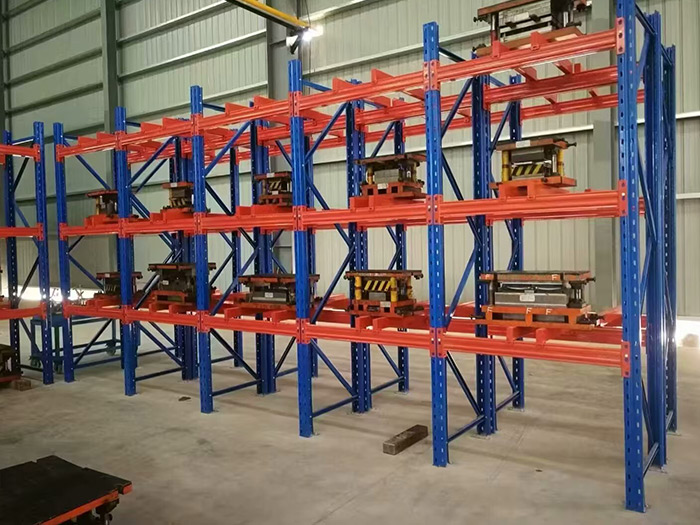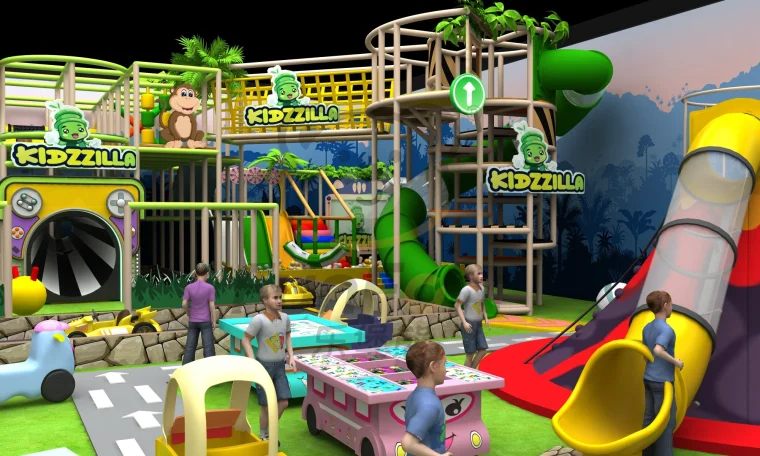Fortifying Your Home: The Ultimate Guide to the Most Durable Exterior Wall Finishes
3 min readWhen it comes to constructing or renovating a home, one of the most critical decisions revolves around the choice of exterior wall finishes. Not only do these finishes contribute to the aesthetic appeal of a property, but they also play a significant role in its durability and maintenance. With various options available, homeowners often wonder: What is the most durable exterior wall finish? This article delves into the leading contenders, examining their properties, advantages, and suitability for different climates and architectural styles.
Understanding Durability in Exterior Wall Finishes
Durability in exterior wall finishes refers to the material's ability to withstand environmental stressors such as weather conditions, UV exposure, moisture, and physical wear. A durable finish not only protects the underlying structure but also minimizes maintenance costs and prolongs the lifespan of the building. When evaluating durability, consider factors such as resistance to cracking, fading, peeling, and the ability to resist mold and mildew.
Top Contenders for Durable Exterior Wall Finishes
- Fiber Cement Siding
- Overview: Fiber cement siding is a composite material made from cement, sand, and cellulose fibers. It mimics the appearance of wood, stucco, or masonry while offering superior durability.
- Durability: Resistant to rot, termites, and extreme weather conditions, fiber cement can last over 50 years with minimal maintenance. It is also non-combustible, making it an excellent choice for fire-prone areas.
- Maintenance: Requires periodic painting or staining, but its surface is less prone to peeling compared to wood.
- Vinyl Siding
- Overview: Vinyl siding is a popular choice due to its affordability and versatility. Made from polyvinyl chloride (PVC), it comes in various colors and styles.
- Durability: High-quality vinyl siding can withstand harsh weather, including high winds and heavy rain. It is resistant to fading and does not require painting.
- Maintenance: Very low maintenance; occasional cleaning with soap and water is usually sufficient.
- Stucco
- Overview: Stucco is a cement-based material that can be applied to various surfaces. It is commonly used in Mediterranean and Southwestern architectural styles.
- Durability: When properly applied and maintained, stucco can last for decades. It is resistant to fire and pests but can be susceptible to cracking if not installed correctly.
- Maintenance: Requires periodic sealing and repainting to prevent moisture infiltration and maintain appearance.
- Brick
- Overview: Brick is a timeless material known for its aesthetic appeal and structural integrity. It is made from fired clay and is available in various colors and textures.
- Durability: Brick is highly durable, resistant to fire, rot, and pests. It can last over 100 years with minimal maintenance.
- Maintenance: Requires occasional cleaning and repointing of mortar joints, but overall maintenance is low.
- Stone Veneer
- Overview: Stone veneer provides the beauty of natural stone without the weight and cost of full stone construction. It is often made from manufactured materials that mimic real stone.
- Durability: Stone veneer is highly resistant to weathering and can last for decades. It is also non-combustible and resistant to pests.
- Maintenance: Requires minimal maintenance, though periodic cleaning may be necessary to remove dirt and moss.
Factors to Consider When Choosing an Exterior Wall Finish
- Climate: The local climate significantly influences the choice of exterior wall finish. For example, fiber cement and brick are excellent choices for areas with extreme weather, while vinyl siding may be more suitable for milder climates.
- Aesthetic Preferences: The architectural style of your home should guide your choice. Some finishes, like stucco and stone veneer, complement specific styles better than others.
- Budget: While some materials may have a higher upfront cost, their longevity and low maintenance can make them more cost-effective in the long run.
- Environmental Impact: Consider the sustainability of the materials. Options like fiber cement and reclaimed wood can offer durability while being environmentally friendly.
Conclusion
In conclusion, the most durable exterior wall finish depends on various factors, including climate, aesthetic preferences, and budget. Fiber cement siding, vinyl siding, stucco, brick, and stone veneer each offer unique advantages and can provide long-lasting protection for your home. By carefully evaluating these options and considering the specific needs of your property, you can make an informed decision that enhances both the durability and beauty of your home. Investing in a high-quality exterior wall finish not only safeguards your property but also adds value and curb appeal for years to come.



